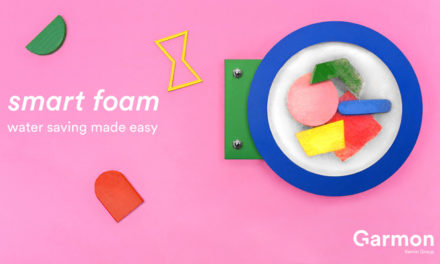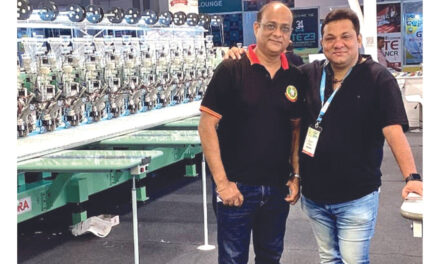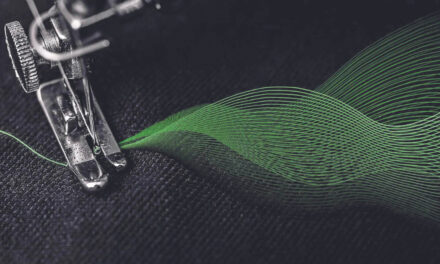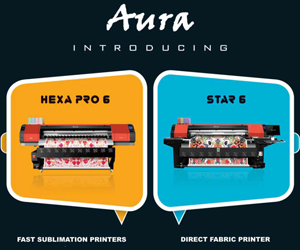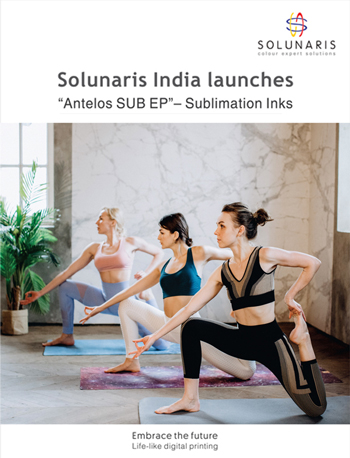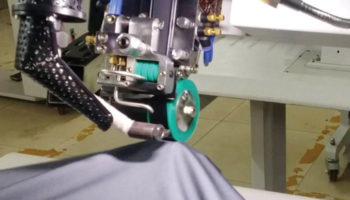 H&H Asia Group Limited is one of the pioneers in the Seam Sealing technology. Since 1993, the company has introduced various models from economy to best of the technology. In apparel sector this technology is mostly used in Jackets. When a jacket is constructed, pieces of fabrics are usually stitched together. The stitching results in punctures in the fabric which can allow water to seep in, causing you to get wet inside the jacket. These seams can be sealed using a special waterproof seam sealing tape (referred to as tape sealing).
H&H Asia Group Limited is one of the pioneers in the Seam Sealing technology. Since 1993, the company has introduced various models from economy to best of the technology. In apparel sector this technology is mostly used in Jackets. When a jacket is constructed, pieces of fabrics are usually stitched together. The stitching results in punctures in the fabric which can allow water to seep in, causing you to get wet inside the jacket. These seams can be sealed using a special waterproof seam sealing tape (referred to as tape sealing).
When seam tape is heated up, the adhesive on the tape is activated. This activated tape is applied on the water proof coating or lamination of the fabric seam under pressure. When cooled, a strong bond is formed between the tape and the seam. This bond is so strong that it will prevent pressurized water from penetrating the sewn seam. As a result, a water proof seam is produced.
A hot air machine produces hot air with precisely controlled temperature to directly heat up the adhesive of seam tape. The heated tape and the fabric are feeding into two oppositely rotating rollers under pressure. The linear speed of the rollers is called sealing speed.
During sealing, hot air is being blown out from the nozzle. The hot air that actually reaches the surface of the tape is a mixture of hot air from the nozzle and surrounding air, hence the actual temperature that appeared on the tape is somewhat lower than the nozzle temperature. The farther the distance between the nozzle and the tape, the higher the percentage of surrounding air becomes. On the other hand, a higher hot air flow rate will reduce the percentage of surrounding air causing the hot air temperature appeared on the tape to be higher. So both the nozzle position and hot air flow rate are very important factors.
 So, the major factors that can affect the seam sealing are as follows:
So, the major factors that can affect the seam sealing are as follows:
• Hot air temperature
• Sealing speed
• Nozzle air pressure
• Air flow rate
• Nozzle position
When a consistent product is required, the combination of the above factors have to be set precisely as their effects towards a proper sealing are all interconnecting.
General types of Seam Sealing There are three terms to discuss when examining the topic of seam sealing: Fully taped seams, critically taped seams, and bonded seams. Each is distinct from one another, yet they all serve the same purpose, to keep water out.
Fully taped seam
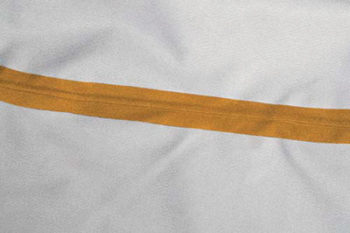 This type of sealing involves a process where the waterproof tape is applied to each seam by using hot air machine or seam sealing machine, which completely covers the holes left by the sewing needle. Through this process, the seams become completely secure and make the garment at as water-resistant or waterproof
This type of sealing involves a process where the waterproof tape is applied to each seam by using hot air machine or seam sealing machine, which completely covers the holes left by the sewing needle. Through this process, the seams become completely secure and make the garment at as water-resistant or waterproof
Bonded seams
An ultrasonic or welding technology supported by the seam reinforcement tape is used to bond the garment seams. This implies that there are no stitch holes, no straggling threads. This type of sealing does not work with every material, but most thermoplastics are weldable. Polyurethane is one such material and is commonly used by outerwear companies in their layering/sealing processes. This is why you may come across the term “thermoplastic welding.”
Critically taped seams
In this sealing process, only the critical seams are taped (areas that are most prone to cause water seepage). In most cases, these sealed seams are found commonly in the hood, around the neck and over the shoulders (areas where rain would most likely penetrate the exterior of the jacket).
 H&H Asia Group Limited is one of the pioneers in the Seam Sealing technology. Since 1993, the company has introduced various models from economy to best of the technology. In apparel sector this technology is mostly used in Jackets. When a jacket is constructed, pieces of fabrics are usually stitched together. The stitching results in punctures in the fabric which can allow water to seep in, causing you to get wet inside the jacket. These seams can be sealed using a special waterproof seam sealing tape (referred to as tape sealing).
H&H Asia Group Limited is one of the pioneers in the Seam Sealing technology. Since 1993, the company has introduced various models from economy to best of the technology. In apparel sector this technology is mostly used in Jackets. When a jacket is constructed, pieces of fabrics are usually stitched together. The stitching results in punctures in the fabric which can allow water to seep in, causing you to get wet inside the jacket. These seams can be sealed using a special waterproof seam sealing tape (referred to as tape sealing).

 So, the major factors that can affect the seam sealing are as follows:
So, the major factors that can affect the seam sealing are as follows: This type of sealing involves a process where the waterproof tape is applied to each seam by using hot air machine or seam sealing machine, which completely covers the holes left by the sewing needle. Through this process, the seams become completely secure and make the garment at as water-resistant or waterproof
This type of sealing involves a process where the waterproof tape is applied to each seam by using hot air machine or seam sealing machine, which completely covers the holes left by the sewing needle. Through this process, the seams become completely secure and make the garment at as water-resistant or waterproof